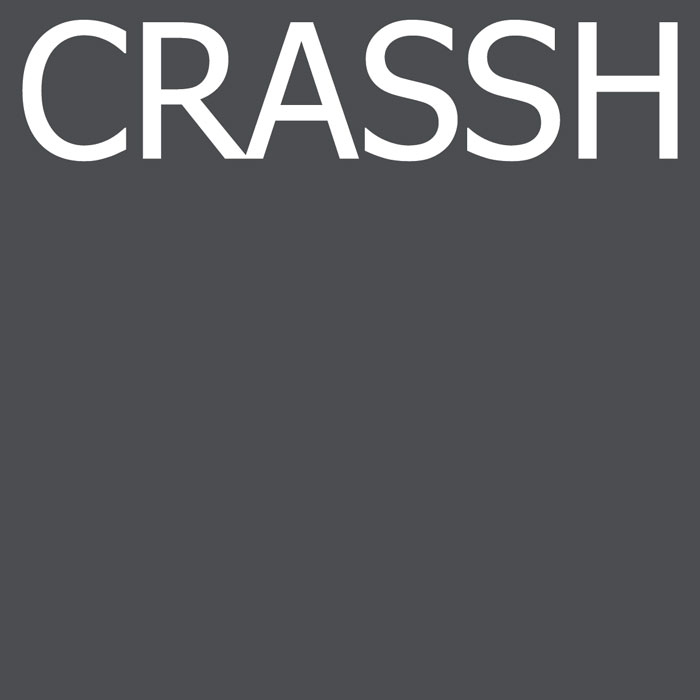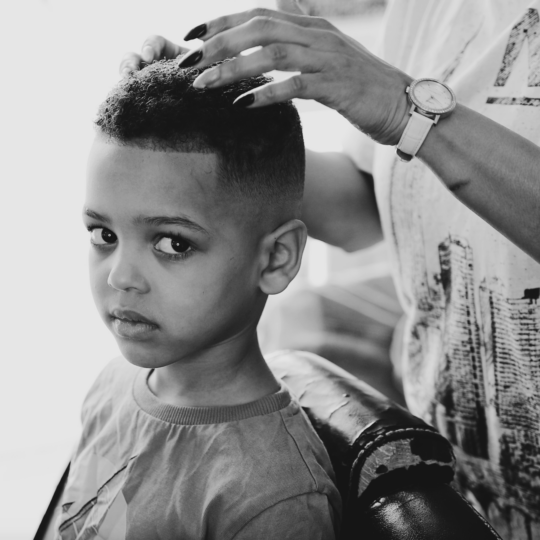| 5 May 2023 | 14:00 - 18:00 | Room SG2, Alison Richard Building, 7 West Road, Cambridge | |
- Description
- Programme
Description
Convenor
Nik Yazikov (University of Cambridge)
Speakers
- Monica Bohm-Duchen (Independent writer, lecturer and exhibition organiser)
- Sam Dubberley (Managing Director of the Digital Investigations Lab, Human Rights Watch)
-
Ray Adams Row Farr (Open Source Investigator, Amnesty International Digital Evidence Lab)
- Ella McPherson (Associate Professor of the Sociology of New Media and Digital Technology, University of Cambridge)
- Martyna Marciniak (Senior Visual and Spatial Researcher, Human Rights Watch)
- Leonardo Impett (Assistant Professor in the Digital Humanities, University of Cambridge)
- James Hillson (Teaching Associate in the History of Art, University of Cambridge)
Summary
Art historians and human rights investigators frequently engage with issues of intent, context and interpretation, but also violent and disturbing imagery, ‘fakes’ and propaganda. Despite their shared concern with the visual, however, there have been few attempts to consider the correspondences between the two fields.
In recent years, the human rights movement has increasingly looked to satellite imagery, user-generated content (UGC) and historical photographs as powerful evidentiary tools. Several human rights and news organisations have even created ‘visual investigation’ units focussed on the acquisition, analysis and presentation of visual information.
Visual media are the central concern of art history and media theory, which has led to the development of various methodologies and theoretical frameworks. In the last two decades, art historians have also adopted digital approaches. For example, photogrammetry and 3D modelling have been applied to record and reconstruct historical structures, while computer vision has the potential to provide new ways of looking at large visual datasets.
Similarly, forensic approaches have permitted human rights investigators to parse visual media for useful information, seeking to ‘verify’ their authenticity. Images and videos have increasingly been used as the narrative basis for advocacy, such as in interactive digital platforms. Advances in 3D technology have also allowed images to be combined with text and sound in powerful spatial presentations.
This workshop aims to promote discussion about the transdisciplinary potential of different approaches to visual media through short, 20-minute presentations. Each speaker will be invited to draw on their own work to respond to three guiding questions:
- What visual media do you work with?
- How is your approach to visual media different?
- In what ways could your approach to visual media be useful to other disciplines?
Supported by:

If you have specific accessibility needs for this event please get in touch. We will do our best to accommodate any requests.
Programme
| 14:00 - 14:20 | Introduction |
| 14:20 - 14:40 | Martyna Marciniak (Senior Visual and Spatial Researcher, Human Rights Watch) |
| 14:40 - 15:00 | Leonardo Impett (Assistant Professor in the Digital Humanities, University of Cambridge) |
| 15:00 - 15:15 | Discussion and Questions |
| 15:15 - 15:30 | Break |
| 15:30 - 15:50 | Monica Bohm-Duchen (Independent writer, lecturer and exhibition organiser) |
| 15:50 - 16:10 | Ray Adams Row Farr (Amnesty International) |
| 16:10 - 16:30 | Discussion and questions |
| 16:30 - 16:45 | Break |
| 16:45 - 17:05 | Ella McPherson (Associate Professor of the Sociology of New Media and Digital Technology, University of Cambridge) |
| 17:05 - 18:00 | Panel discussion |



